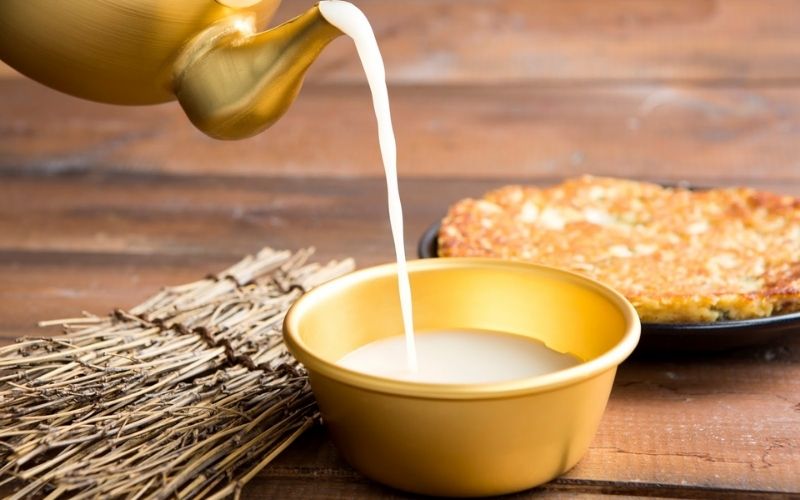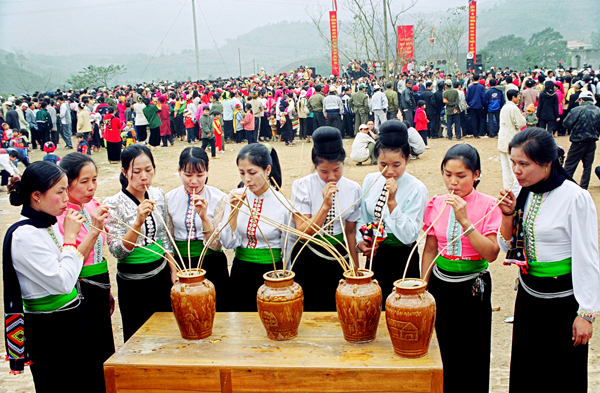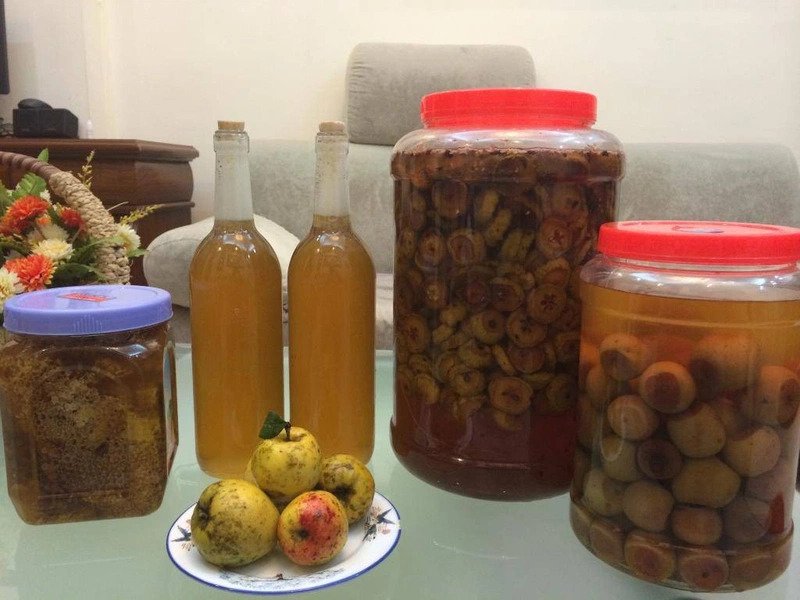Vietnam, known for its vibrant culture and rich history, has a diverse and fascinating world of alcoholic drinks waiting to be discovered. From traditional spirits deeply rooted in local customs to modern twists on classic cocktails, Vietnamese alcohol offerings are as diverse as the landscapes that define this Southeast Asian gem. In this blog, WANA will take you through the intoxicating world of alcoholic drinks in Vietnam, exploring unique flavors and cultural significance.
Rượu gạo (Vietnamese Rice Wine)
Nestled within the heart of Vietnamese culture, Rượu Gạo, or Vietnamese Rice Wine, stands as a testament to the country’s age-old traditions and communal celebrations. Crafted with precision and care, this traditional alcoholic beverage traces its roots to the fertile fields of Vietnam, where glutinous rice transforms into a libation that embodies the spirit of togetherness.
Read more: Choosing the Best: A Review of Hard Seltzer Manufacturers
As the grains undergo fermentation and time-honored processes, Rượu Gạo becomes not just a drink but a cultural symbol, shared among friends and family during auspicious occasions. Join us on a journey into the essence of Rượu Gạo, where each sip tells a story of heritage, unity, and the rich tapestry of Vietnamese festivities.
Ingredients
- Mainly made from glutinous rice, though some variations may include other ingredients like herbs or fruits.
- Water and yeast for fermentation.
Cultural Significance
- Often associated with special occasions and traditional ceremonies.
- Represents communal bonds and celebrations in Vietnamese culture.
How to Make
- Soak glutinous rice in water.
- Steam the rice and allow it to cool.
- Mix yeast with water to create a fermentation starter.
- Combine the starter with the cooled rice and ferment in a covered container.
How to Drink
- Often sipped from small cups during communal gatherings.
- Customarily poured and shared among friends to signify unity.
Rượu Cần (Bamboo Tube Wine)
In Vietnam’s Central Highlands, an age-old tradition unfolds with the pouring of Rượu Cần, a unique libation that encapsulates the essence of communal celebration. Crafted with meticulous care, this traditional bamboo tube wine is more than just a drink; it is a cultural emblem deeply ingrained in the tapestry of the region.
Ingredients:
- Base Ingredients:
- Typically made from glutinous rice, similar to Rượu Gạo.
- Water and yeast for fermentation.
- Bamboo Tubes:
- Unique to Rượu Cần, the wine is stored and served in bamboo tubes, imparting a distinct flavor.
Cultural Significance:
- Highland Communal Tradition:
- Prevalent among ethnic minority groups in the Central Highlands.
- Integral to communal celebrations and social bonds.
- Traditional Enjoyment:
- Consumed through long bamboo straws, emphasizing shared enjoyment.
- Often accompanied by traditional music and dance.
How to Make:
- Fermentation:
- Follows a process similar to Rượu Gạo but with the distinct use of bamboo tubes for storage.
How to Drink:
- Communal Sipping:
- Shared among a group using long bamboo straws.
- Encourages a sense of community and togetherness.
Rượu Đế (Vietnamese Moonshine)
In the rural landscapes of Vietnam, where history and tradition intertwine, Rượu Đế emerges as a potent elixir echoing the resilience and independence of its people. Aptly dubbed Vietnamese Moonshine, this traditional spirit embodies the spirit of rebellion, a liquid testimony to the nation’s fight for freedom. Made from glutinous rice and distilled with precision, Rượu Đế transcends its humble ingredients, offering a glimpse into the heart of village customs and ancestral homage.
Ingredients:
- Base Ingredients:
- Mainly glutinous rice, sometimes incorporating cassava or maize.
- Water and yeast for fermentation.
Cultural Significance:
- Historical Significance:
- Linked to historical resistance against foreign rule.
- Symbolizes rural life, independence, and resilience.
- Rural Traditions:
- Often associated with traditional village customs and rituals.
How to Make:
- Distillation Process:
- Involves a specific distillation process, contributing to a strong and distinct flavor.
How to Drink:
- Neat Consumption:
- Typically sipped neat, showcasing the intense and unique characteristics.
- Often used in traditional toasts during gatherings.
Rượu Táo Mèo
Nestled in the pristine landscapes of Vietnam’s northern mountainous regions, Rượu Táo Mèo beckons with the sweet allure of a unique local tradition. Derived from the enchanting táo mèo fruit, this distinctive beverage unveils a sensory journey through the heart of Vietnamese festivities.
Ingredients:
- Base Ingredients:
- Made from the táo mèo fruit, a unique local specialty.
Cultural Significance:
- Northern Mountainous Traditions:
- Originating from the northern mountainous regions.
- Often enjoyed during local festivals and celebrations.
- Sweet and Fruity Profile:
- Known for its rich and sweet flavor, making it a popular choice for social occasions.
How to Make:
- Fermentation:
- Ferment táo mèo fruit with sugar and water.
How to Drink:
- Sweet Sips:
- Consumed in small sips due to its sweet and aromatic profile.
- A delightful choice for festive gatherings.
Bia Hơi (Vietnamese Fresh Beer)
In the lively streets and bustling corners of Vietnam, a refreshing tradition flows freely—Bia Hơi, the Vietnamese Fresh Beer. This effervescent elixir embodies the spirit of conviviality that permeates the country’s vibrant street food culture. Crafted from malted barley, water, hops, and yeast, Bia Hơi is more than just a drink; it is an integral part of everyday life, a liquid thread connecting friends and strangers alike.
Ingredients:
- Base Ingredients:
- Malted barley, water, hops, and yeast.
Cultural Significance:
- Street Food Culture:
- Integral to Vietnamese street food culture.
- Often enjoyed in casual settings, such as sidewalk beer stalls.
- Casual Enjoyment:
- Best enjoyed fresh and cold.
- Paired with local snacks, creating a laid-back atmosphere.
How to Make:
- Quick Brewing:
- Brewed for quick consumption, maintaining freshness.
How to Drink:
- Small Glasses:
- Served in small glasses.
- Encourages a social atmosphere and easy sharing.
Read more: Alcoholic Beverage Manufacturers Has Changed
Embark on a sensory adventure through the delightful world of Vietnamese alcohol drinks, where tradition and innovation coexist harmoniously. Whether you’re a seasoned connoisseur or a curious explorer, Vietnam’s diverse and evolving drinking culture promises a delightful experience for every palate. Cheers to the spirit of Vietnam!








